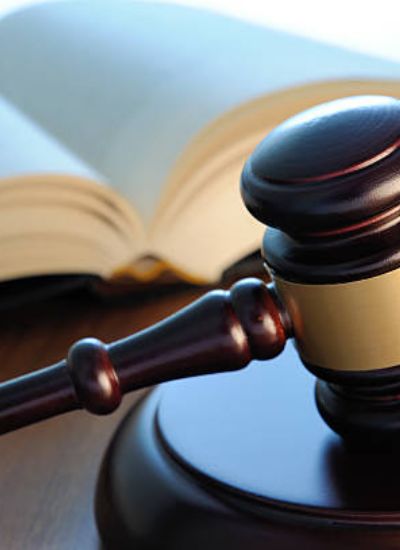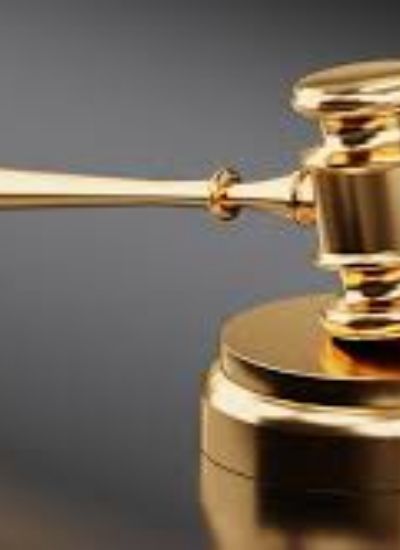Important Things To Remember in a Personal Injury Lawsuit
A personal injury lawsuit has a much greater chance of success if it is well formulated and revolves around a good strategy.
The account of the events must be coherent, with as few holes in the narrative as possible.
Here are a few important questions when going about the organization of a personal injury lawsuit.
The answers to these questions will for a foundation which you can build your case upon: Who is at fault? No personal injury suit can succeed unless there is a clear implication of who is to blame for the accident that caused the injury.
The party who is responsible may have caused the injury through either negligent action, or through negligent inaction.
They (or their insurer) will be liable to pay monetary compensation to the victim of the accident, if the case is successful.
How can you prove that it was their negligence that caused the accident? It is important that blame be established through evidence that will stand up in court.
It doesn't matter if you are 100% sure that the guilty party caused the accident; if you cannot prove fault, your injury case will fall apart.
For this reason, it is important to document everything concerning your case.
Evidence may be in the form of documents, eyewitness accounts, photographs, audio/video recordings, or any other object that may be able to establish a relationship of causality between the negligent party's actions and your injury.
A couple of examples: If you are filing a work accident claim, be prepared to produce:
" You are being compensated for your losses; the greater your losses are, the more compensation you stand to receive.
When putting together this part of your case, keep in mind the following:
They will be able to help you organize and build your case, and determine the most optimal course of action.
The account of the events must be coherent, with as few holes in the narrative as possible.
Here are a few important questions when going about the organization of a personal injury lawsuit.
The answers to these questions will for a foundation which you can build your case upon: Who is at fault? No personal injury suit can succeed unless there is a clear implication of who is to blame for the accident that caused the injury.
The party who is responsible may have caused the injury through either negligent action, or through negligent inaction.
They (or their insurer) will be liable to pay monetary compensation to the victim of the accident, if the case is successful.
How can you prove that it was their negligence that caused the accident? It is important that blame be established through evidence that will stand up in court.
It doesn't matter if you are 100% sure that the guilty party caused the accident; if you cannot prove fault, your injury case will fall apart.
For this reason, it is important to document everything concerning your case.
Evidence may be in the form of documents, eyewitness accounts, photographs, audio/video recordings, or any other object that may be able to establish a relationship of causality between the negligent party's actions and your injury.
A couple of examples: If you are filing a work accident claim, be prepared to produce:
- documents that prove your employment
- documents that proof you were supposed to be at the site of the accident
- documents that show your
- a copy of the accident report, or logbook entry, if available
- any receipts for medical expenses
- any communication between you and the practitioner who has committed malpractice
- any prescriptions written
- test results
- documents from another medical professional relevant to proving that malpractice occurred
" You are being compensated for your losses; the greater your losses are, the more compensation you stand to receive.
When putting together this part of your case, keep in mind the following:
- Medical expenses
- Pain and suffering
- Income lost due to missed work
- Future earnings lost due to a disability acquired from the accident
- Loss of quality of life
They will be able to help you organize and build your case, and determine the most optimal course of action.

















